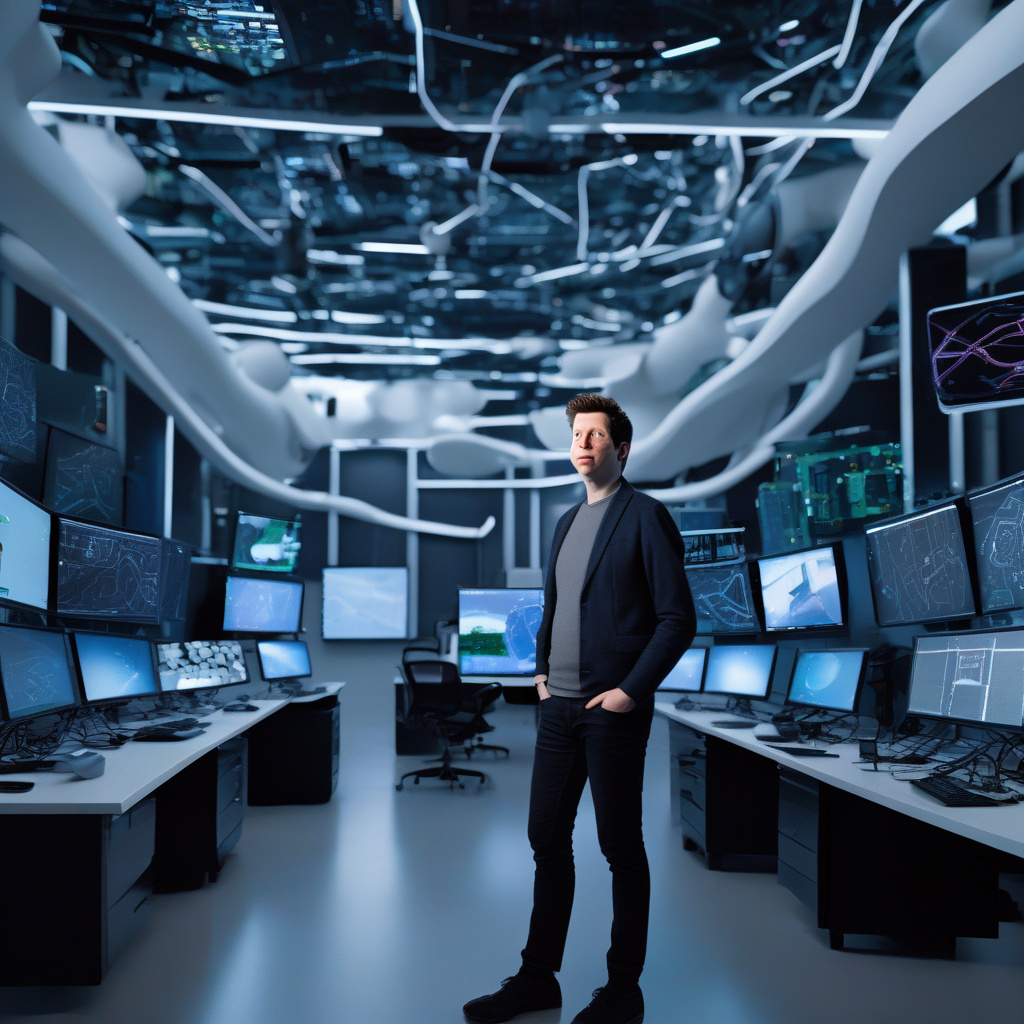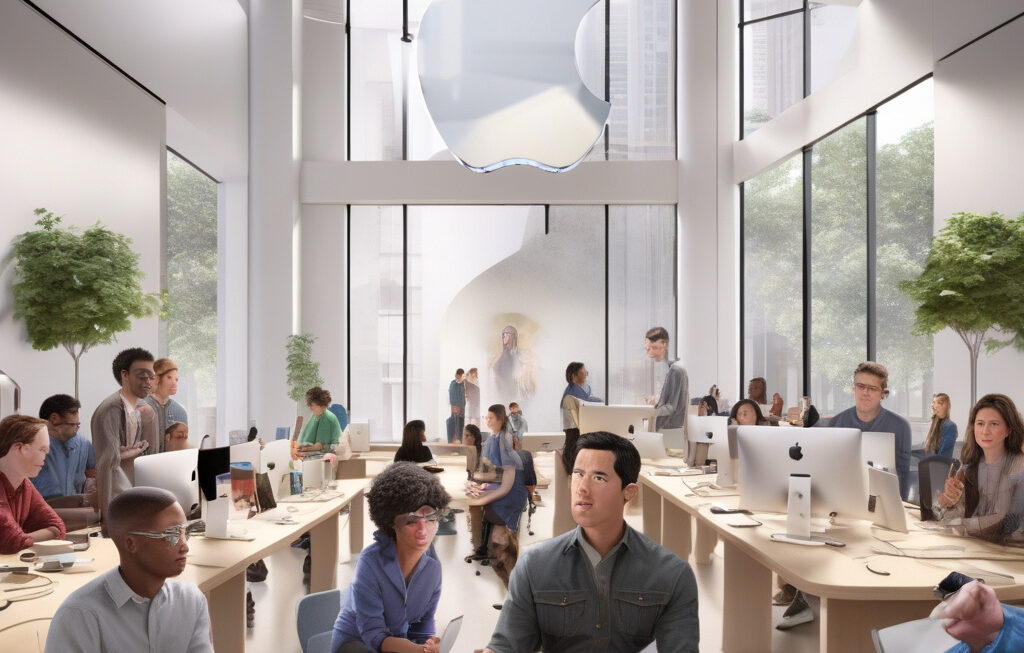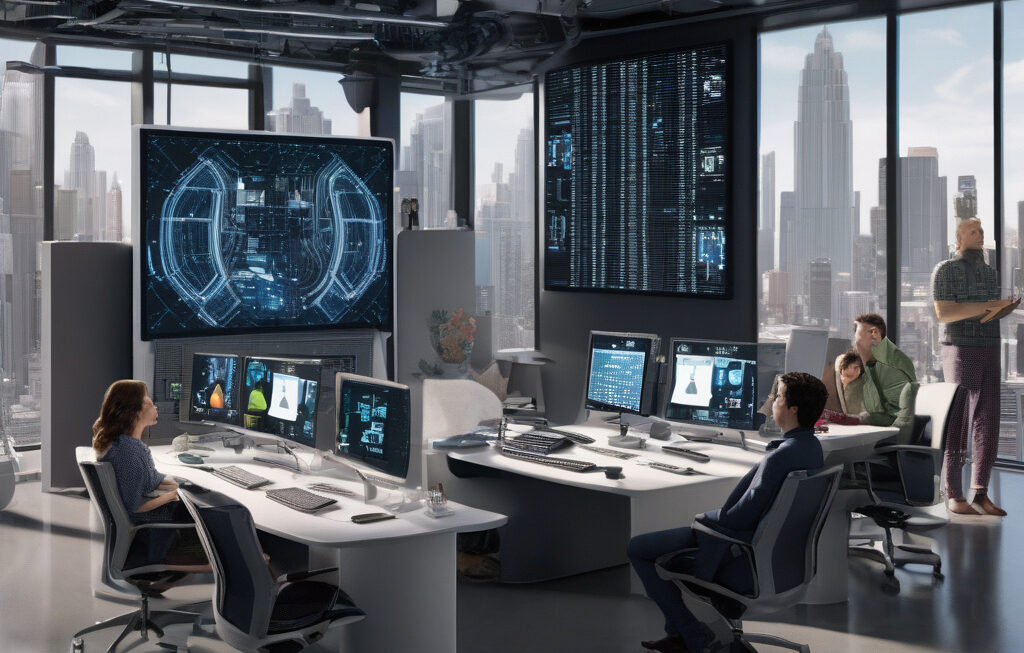Sam Altman Reverses His Stance on AI Hardware as Current Computers Can’t Meet the Demands
In the realm of artificial intelligence, the intersection of hardware and software plays a crucial role in unleashing the full potential of AI applications. Sam Altman, the CEO of OpenAI, has long been an advocate for advancing AI capabilities through software development. However, recent developments have led Altman to reverse his stance on the importance of AI hardware, as current computers are struggling to meet the demands of increasingly complex AI algorithms.
Altman’s shift in perspective comes as no surprise to industry insiders who have been closely following the rapid evolution of AI technologies. With AI applications becoming ever more sophisticated and resource-intensive, the limitations of existing hardware have become a significant bottleneck in the quest for AI innovation. Altman’s acknowledgment of this reality marks a pivotal moment in the ongoing dialogue surrounding the future of AI development.
To address this pressing challenge, OpenAI has embarked on a groundbreaking collaboration with none other than design luminary Jony Ive. Best known for his iconic work at Apple, Ive brings a wealth of experience in creating consumer-centric products that seamlessly blend form and function. Together, OpenAI and Ive are working on developing a revolutionary screen-free AI device that aims to replace traditional gadgets with a purpose-built companion tailored specifically for AI applications.
The decision to venture into hardware development represents a strategic pivot for OpenAI, signaling a shift towards a holistic approach to AI innovation. By marrying cutting-edge software capabilities with custom-designed hardware, OpenAI seeks to create a symbiotic relationship between AI algorithms and the physical devices that power them. This synergy holds the promise of unlocking new possibilities in AI research, enabling more efficient computation and enhanced performance across a wide range of applications.
One of the key objectives of the OpenAI-Jony Ive collaboration is to address the shortcomings of existing hardware infrastructure that have hindered the progress of AI development. Traditional computers, while capable of handling basic AI tasks, often struggle to meet the computational demands of advanced machine learning models and neural networks. By designing a purpose-built AI device from the ground up, OpenAI and Ive aim to overcome these limitations and pave the way for a new era of AI innovation.
The potential impact of this initiative extends far beyond the confines of the tech industry, with implications for a wide range of sectors including healthcare, finance, transportation, and more. As AI continues to permeate every aspect of our daily lives, the need for optimized hardware solutions becomes increasingly apparent. The collaboration between OpenAI and Jony Ive represents a bold step towards addressing this need and driving the future of AI technology forward.
In conclusion, Sam Altman’s reversal on the importance of AI hardware underscores the critical role that hardware innovation plays in shaping the trajectory of AI development. By teaming up with design visionary Jony Ive to create a purpose-built AI device, OpenAI is poised to revolutionize the way we interact with artificial intelligence. As we stand on the cusp of a new technological frontier, the fusion of cutting-edge software and bespoke hardware holds the key to unlocking the full potential of AI and ushering in a new era of innovation.
AI, Hardware, OpenAI, Jony Ive, Innovation












